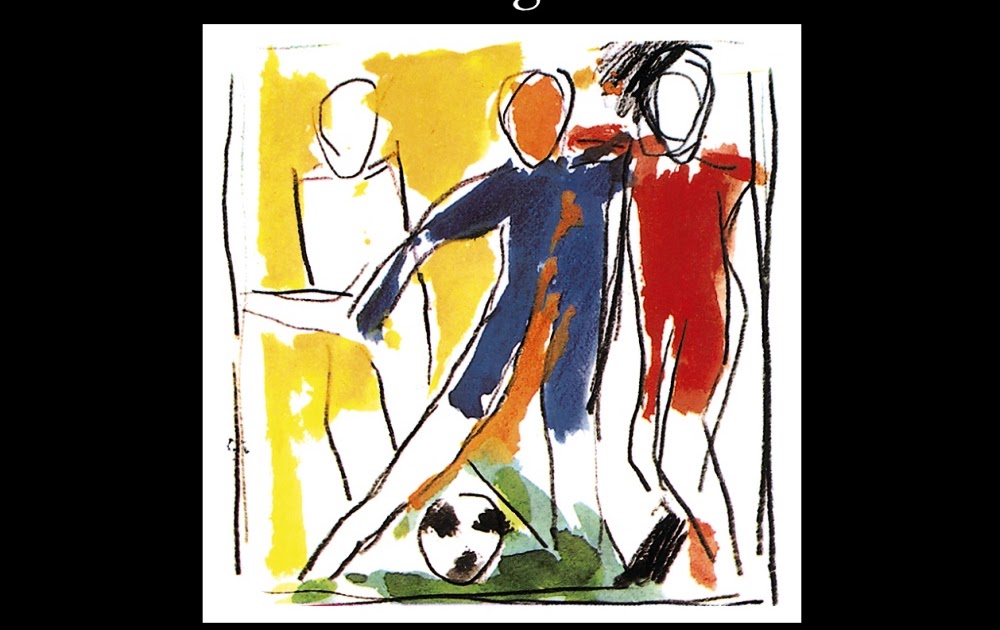
Idioma original: españolYear of publication: 1967
Valuation: essential
However disorienting and media-driven their existence has been lately, here we review books and not the lives and miracles of their authors.
The puppies, short, very short (and therefore, very intense) novel, it is an absolute marvel. The author’s fourth novel, not at all a work of trial and error, but rather a work of confirmation, totally conscious, so that all his intentions are manifest and we are not faced with an experiment in conciseness, but rather with a premeditated work.
And what a gem: let me say in advance that the copy I have read reaches one hundred pages, of which more than half are made up (a classic in Cátedra editions) of an extensive introduction including bibliography – which I will read after this review to avoid being influenced – plus a large group of footnotes with explanations both on the localisms used – some necessary clarifications, many of them easy to understand depending on the context – so that the original text, stripped of complements, must be around forty-five or fifty pages. But what a text: perfect from all angles. The puppies follows the adventures of a group of Peruvian children, each of them provided with their curious nickname or nickname, which (here everything is ellipsis, glorious ellipsis) is not always explained, although yes, relatively, that of the protagonist, Pickle Cuéllar, a figure who provides the pretext for the initial kick-off of the story, as he is introduced in the first paragraph, which already provides all the flavor of the novel: conciseness, urgency, sudden changes, even in the sentence itself, of subject and verb tense, each phrase necessary for the context, and barely half a dozen lines of the novel:
“They still wore shorts that year, we still didn’t smoke, of all the sports they preferred football and we were learning to ride waves, to dive from the second diving board at Terrazas, and they were mischievous, hairless, curious, very agile, voracious. That year, when Cuéllar entered the Champagnat School.”
It would be logical that many would jump into this novel simply because of what this brilliant beginning portends, but I continue, for the skeptics. The plot, that vital journey of the group of boys, dogs, from his schoolyard escapades to his first forays into maturity, the discovery of sexuality, his life choices and the temptations he falls into, his studies, his future, his decisions or omissions. That is, basically, the plot and the fact that it may not have anything new – a choral novel, a non-moralizing example of the different paths that life can offer – does not mean that this path is not pleasant and fascinating. The language, lively, nervous, full of Peruvian and South American localisms, only provides an additional ecstasy and becomes one more character, delightful to contemplate its evolution and delicious that irruption – I hope constant and unfinished – of new terms, of glorious corruption that challenges stagnation and shamelessly provokes any starched institution that tries, even today, to limit and protocol. The characters, which the novel’s conciseness allows us to only sketch in broad, hasty strokes, end up being familiar and close, modest icons that portray both the intimate environment of friendships woven in school life and the social framework. In short, the novel is an emblem, a modest emblem since it is not usually included among its author’s greatest works – a place reserved for longer projects – but a significant example of how in literature minimalism and conciseness are not at all synonymous with stinginess or volatility.
Source: https://unlibroaldia.blogspot.com/2024/09/mario-vargas-llosa-los-cachorros.html


